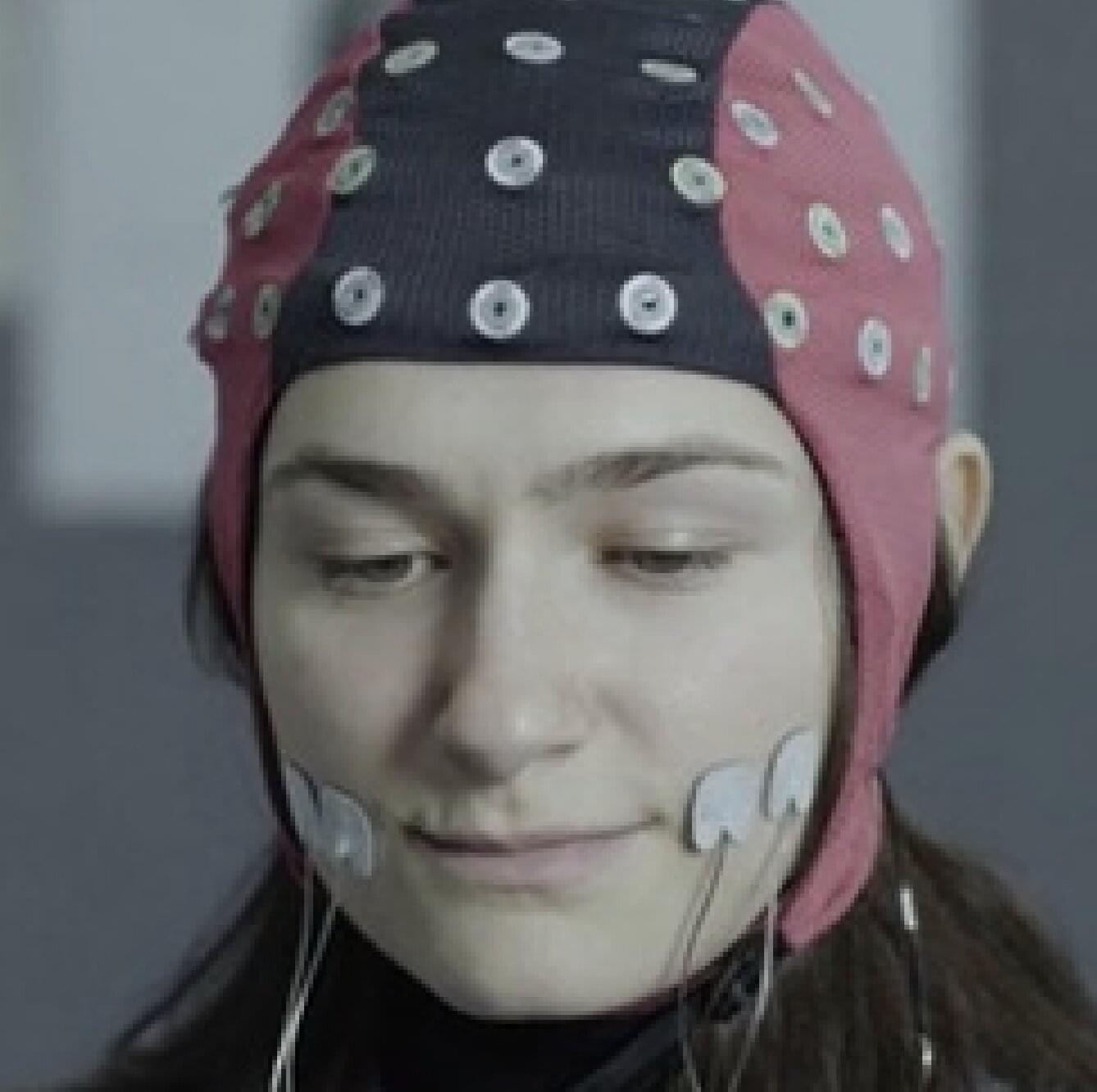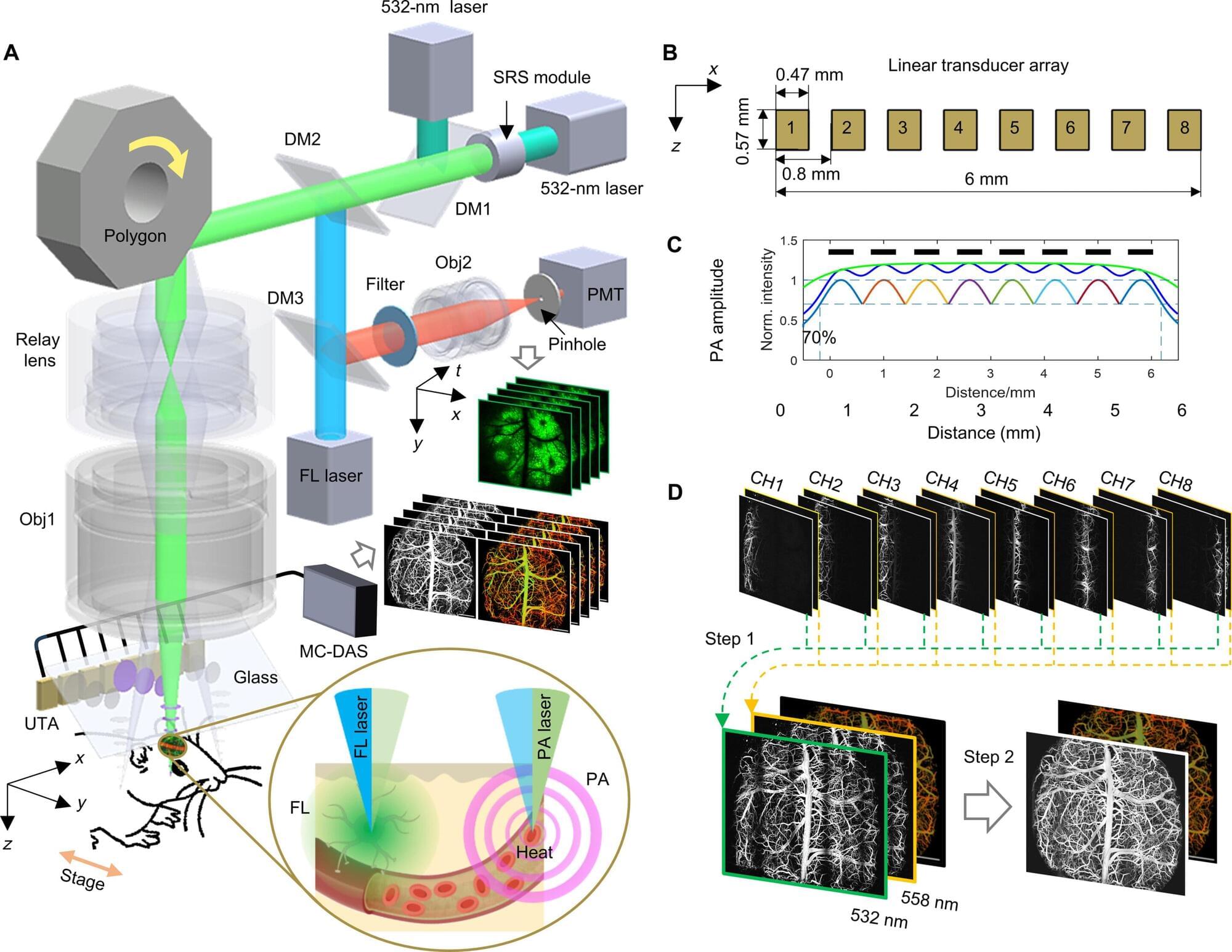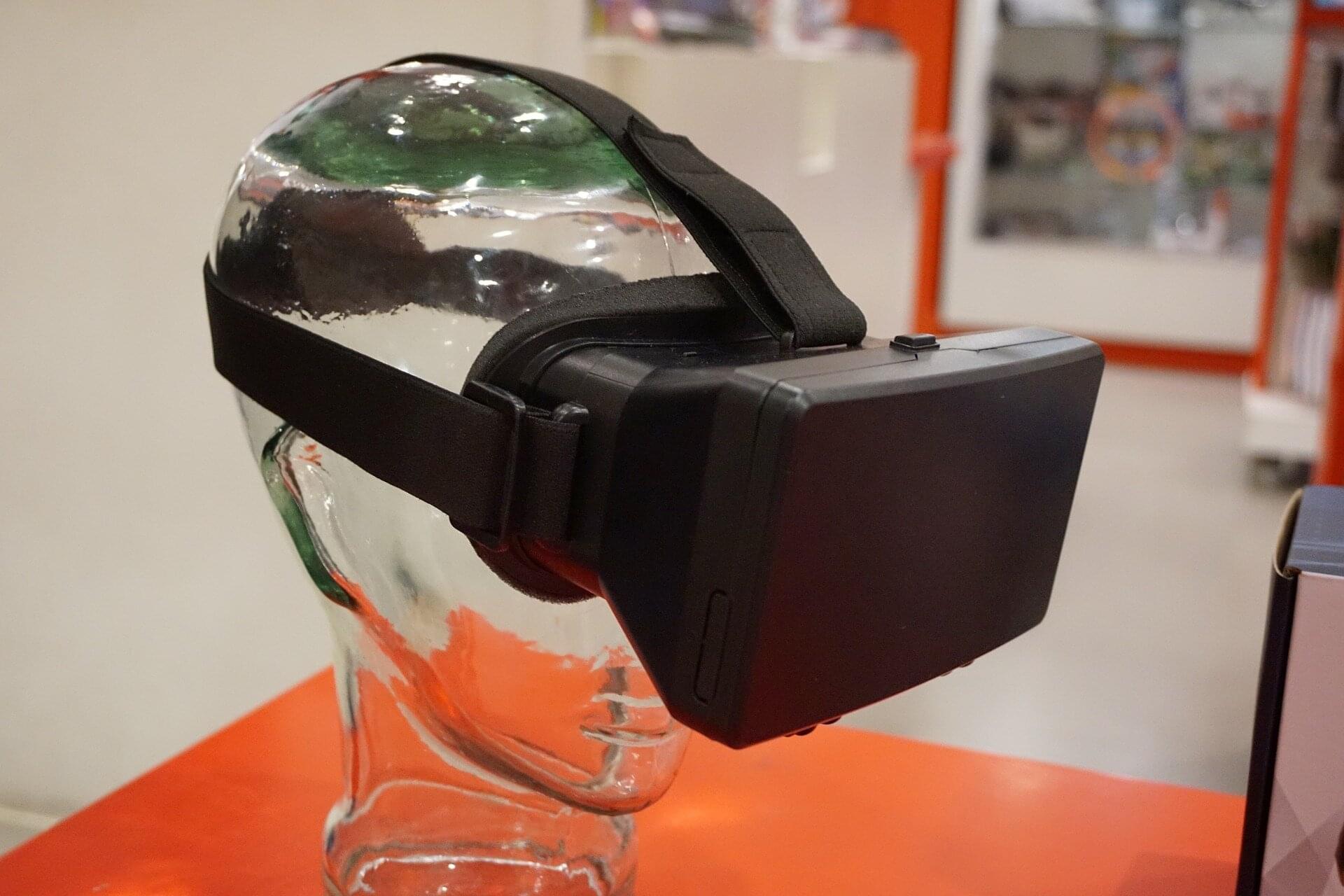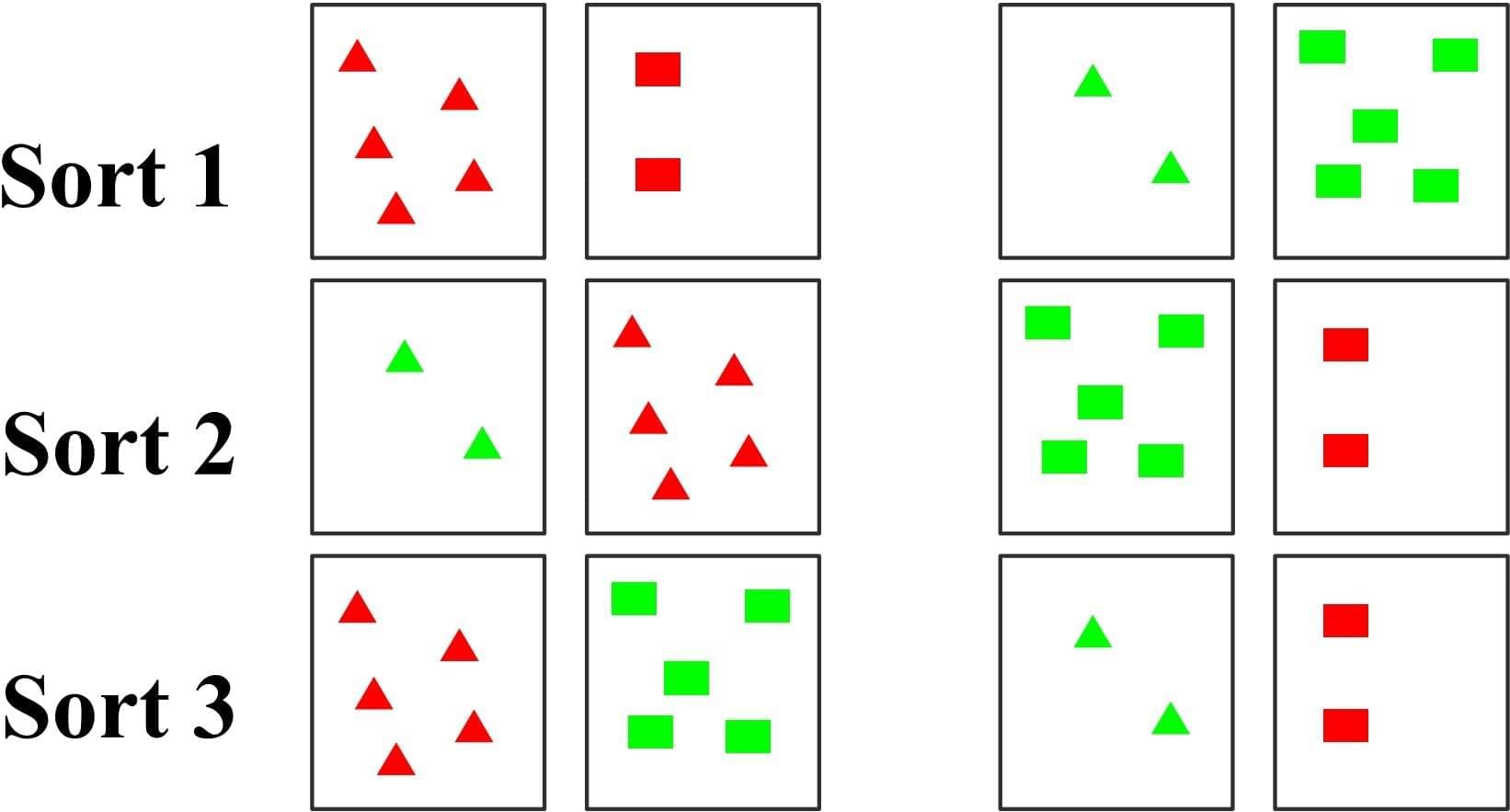What do children’s building blocks and quantum computing have in common? The answer is modularity.
It is difficult for scientists to build quantum computers monolithically—that is, as a single large unit. Quantum computing relies on the manipulation of millions of information units called qubits, but these qubits are difficult to assemble. The solution? Finding modular ways to construct quantum computers. Like plastic children’s bricks that lock together to create larger, more intricate structures, scientists can build smaller, higher-quality modules and string them together to form a comprehensive system.
Recognizing the potential of these modular systems, researchers from The Grainger College of Engineering at the University of Illinois Urbana-Champaign have presented an enhanced approach to scalable quantum computing by demonstrating a viable and high-performance modular architecture for superconducting quantum processors.









